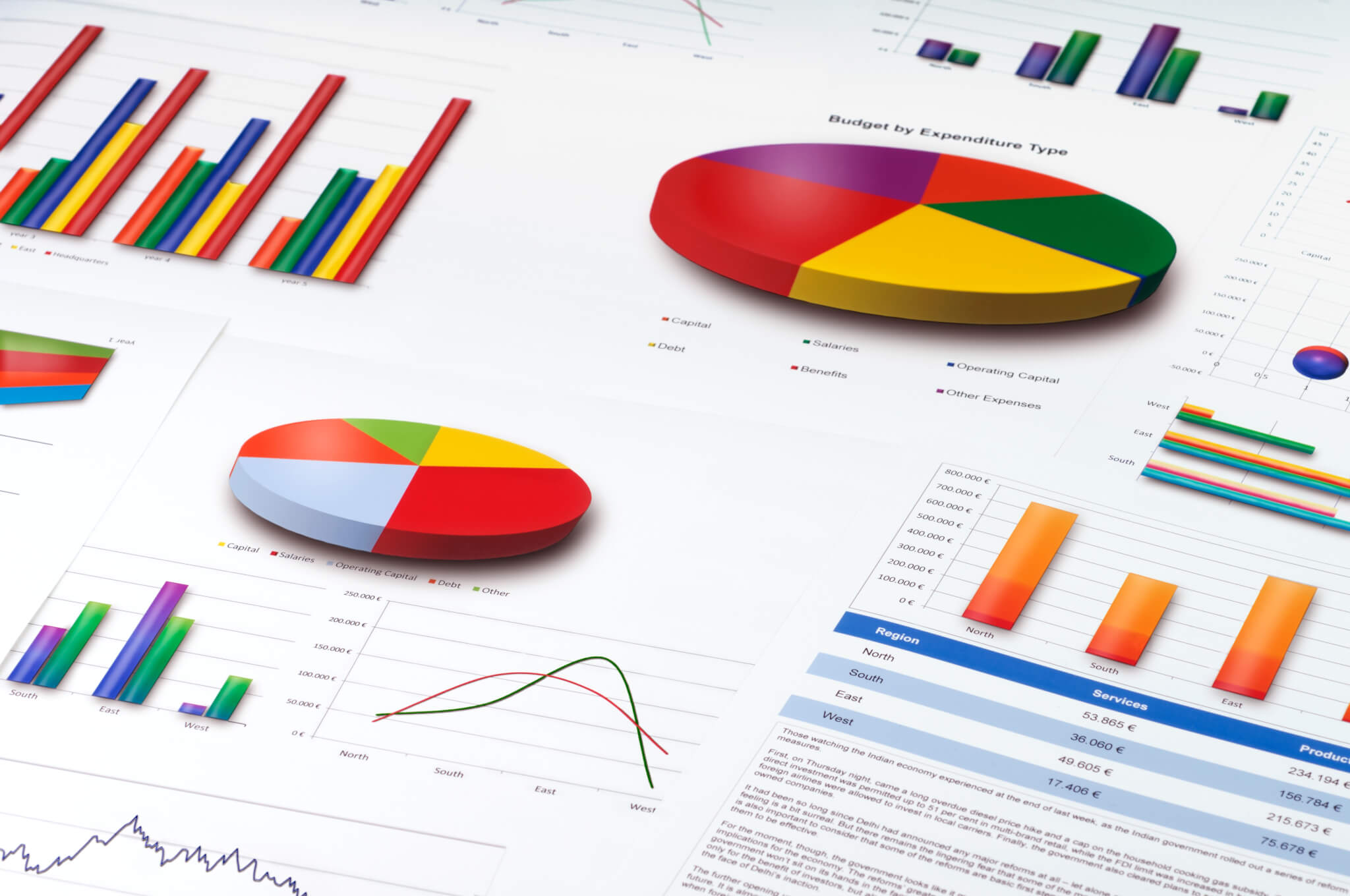Google’s New Impression Share Metrics, And How They Can Help You

Monitoring and improving prominence of your PPC ads has just become much easier with Google’s newly released Impression Share metrics. Advertisers finally have a reliable way to track the placement of ads on a page, rather than tracking the position your ads place in auction, as Average Position does. To pair with this, Google is also rolling out a new automated bidding strategy – Target Impression Share – where you will be given the option to let Google automatically set bids in order to achieve an impression share goal.
What are these new metrics?
- (Top) % shows the percentage of all your impressions which appeared at the top of the page, above organic search results.
- (Abs. Top) % is the percentage of your impressions appearing in the very first position on the page, and tells you reliably how often your ad is the first thing someone sees on the page.
- Search (Abs. Top) IS is calculated by dividing your impressions at Absolute Top by the total possible number of impressions available at Abs. Top.
- Search (Top) IS is calculated by dividing your impressions in top positions, above organic results, by the total number of available impressions in these positions.

What is the new Smart Bidding Strategy?
Target Impression Share is Google’s newest bid strategy primarily aimed at improving awareness and reach. It allows you to set a target percentage share goal, and Google will automatically set bids in order to achieve this goal. There are three placement options: absolute top (the first position), top of the page (above organic results), or anywhere on the first page. After choosing a placement option, you can choose your impression share target – anywhere up to 100%. You can also set a bid limit in order to restrict spend, however setting a limit which is too low may end up in low traffic and your goals not being met.
How can these help me and my PPC campaigns?
Average position was – and is still – used by many as an indicator of the position of your ads in comparison to other advertisers. But have you ever had a high Avg. Pos., and yet seen a low CTR? This could be down to the fact that these numbers are only informing you about your position in relation to other ads in each auction. What Avg. Pos. fails to tell you is the location of the ads on the page. For example, Google’s algorithms may have determined the ad relevance too low to show at the top of the page, above the fold. By exclusively optimising using Avg. Pos., you would be fighting for that number 1 spot – positioned at the bottom of the page. When utilising these new metrics, you can ensure that you are always vying for that prominent spot above organic search results, or making informed decisions as to whether those lower positioned ads are still valuable to you. In fact, Google themselves now recommend using these new metrics exclusively to help bid for top spots, rather than using Avg. Pos. They make it possible to better evaluate your spending and alter your bid strategies in accordance with your true position in the search results.
So although you may have found Avg. Position useful in the past, it is important to remember that it only refers to the auction itself, not the position on the results page. Now, if you want to focus on prominence, you have a far more straight-forward way of monitoring this, and achieving success.
Using these two new features, it is now even easier to evaluate the effect location has on performance. Although it is important to remember that top locations may not automatically improve your stats, when this is combined with great ad copy and a well thought-out PPC strategy, you can drive clicks from the positions that matter most to you.
If you would like support with improving the position of your ads or any other aspect of PPC please get in touch and we will be happy to help.





